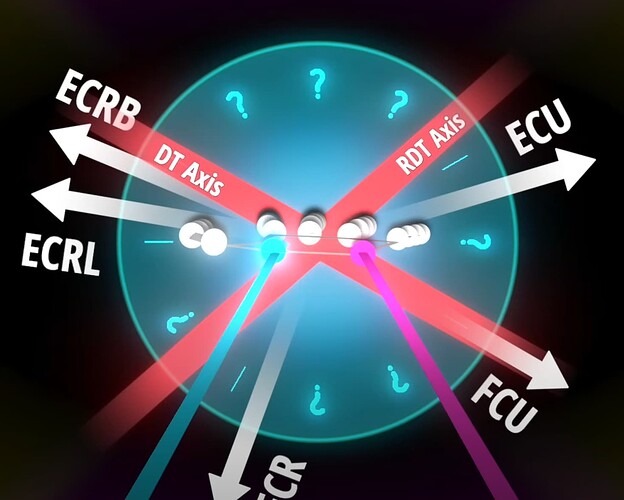I thought that your escape motion depended on what throwing motion you were doing. Apparently not. Could someone try to explain their relation to me, please?
DT and RDT are just ways your wrist can move efficiently, depending on your set up with the rest of your arm (how supinated or pronated you are, your pick grip etc.) both DT and RDT can achieve USX or DSX 
Some examples:
Shawn Lane and Preston Black use USX DT.
John Taylor uses DSX DT.
Joscho Stephan and lots of Gypsy Jazz and forearm blend players like Doug Aldrich use USX RDT.
Andy Wood, Al Di Meola, Paul Gilbert and John McLaughlin use DSX RDT.
I’m struggling to think of more DT players so it might be a little less common but that may be my own ignorance. That being said I’ve watched some of the Walnut Valley National Flatpick Guitar Championship and it seems to be more common among Bluegrass players who use it in conjunction with some deviation to achieve DBX. More famous players who use it this way would be Molly Tuttle, Chris Thile and David Grier 
I am honestly not sure how helpful it really is to think about DT and RDT. Both John McLaughlin and Joscho Stephan get categorized under the broad umbrella of RDT here, but the forms are so different that I think this causes more confusion than anything.
I don’t remember the details, but the idea was that there is a clock face through the wrist, where one of the forearm bones is at 3 and the other is at 9. So if one looks at the clock face, a motion along 2 and 8 is DT, and a motion along 4 to 10 is RDT. (This might not be exactly right, but it’s the general idea.) Then, you are free to put the clock anywhere you want and rotated as you wish (via your forearm), then the RDT and DT can support USX or DSX, depending on how everything goes.
I think that this breakdown probably works very well for some, but not others; that said, it’s good that CtC always tries to hard to document their discoveries, as multiple explanations are needed to cover all of the different players and how they like to understand things.

